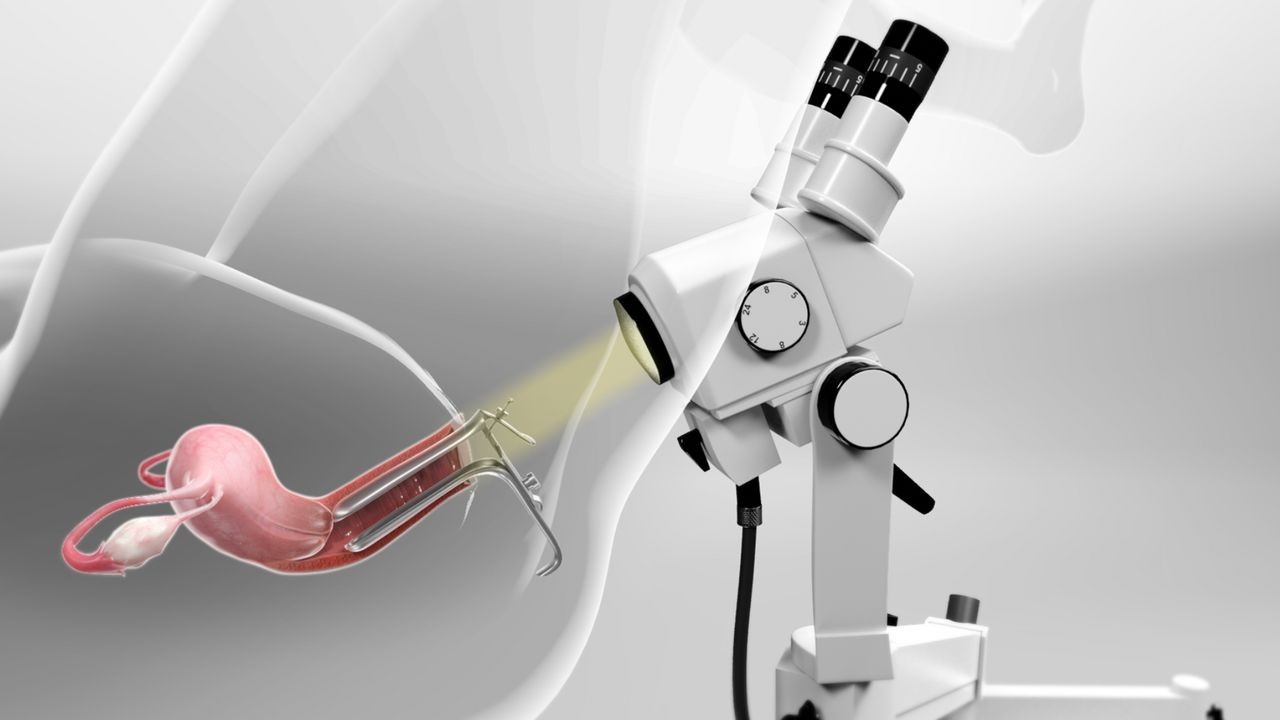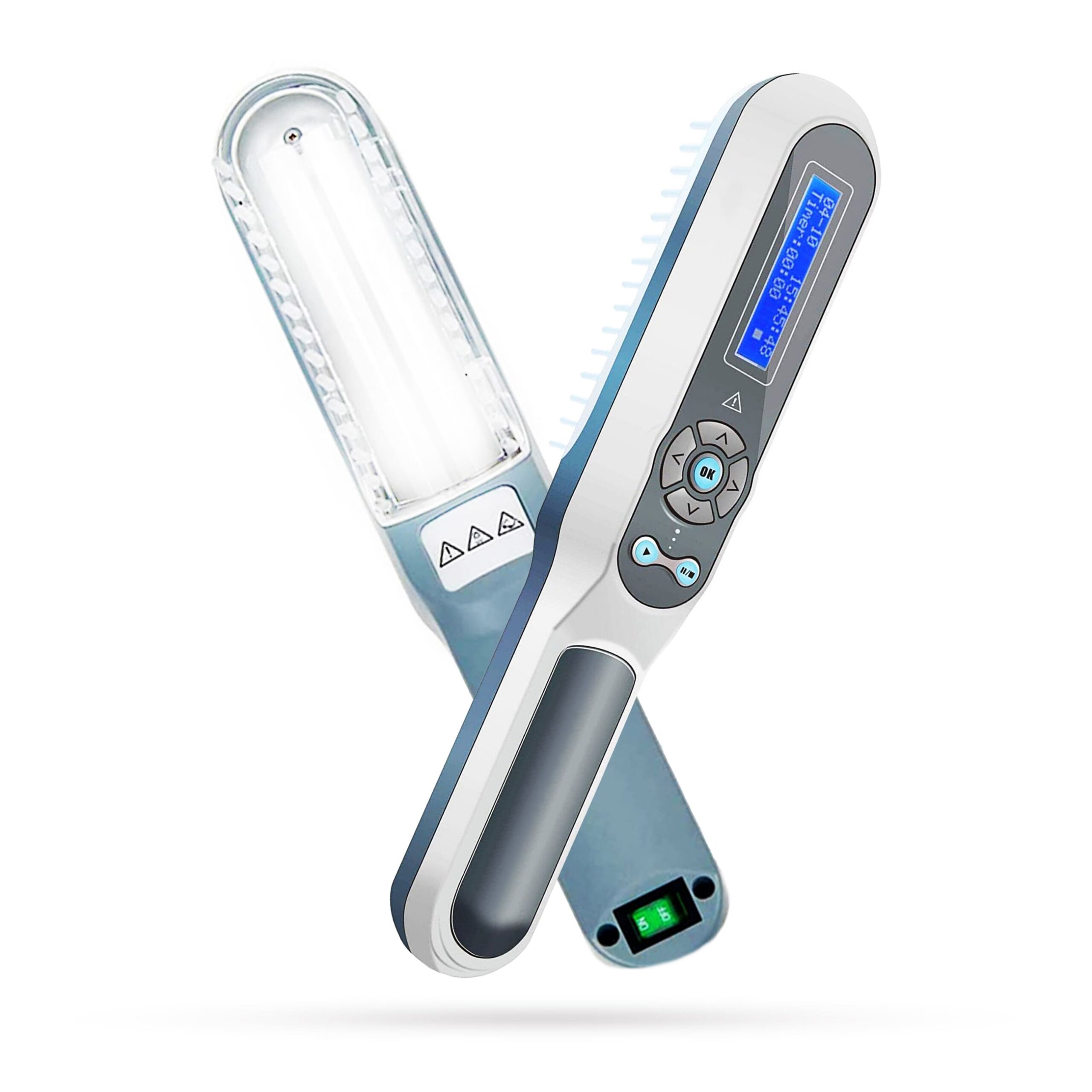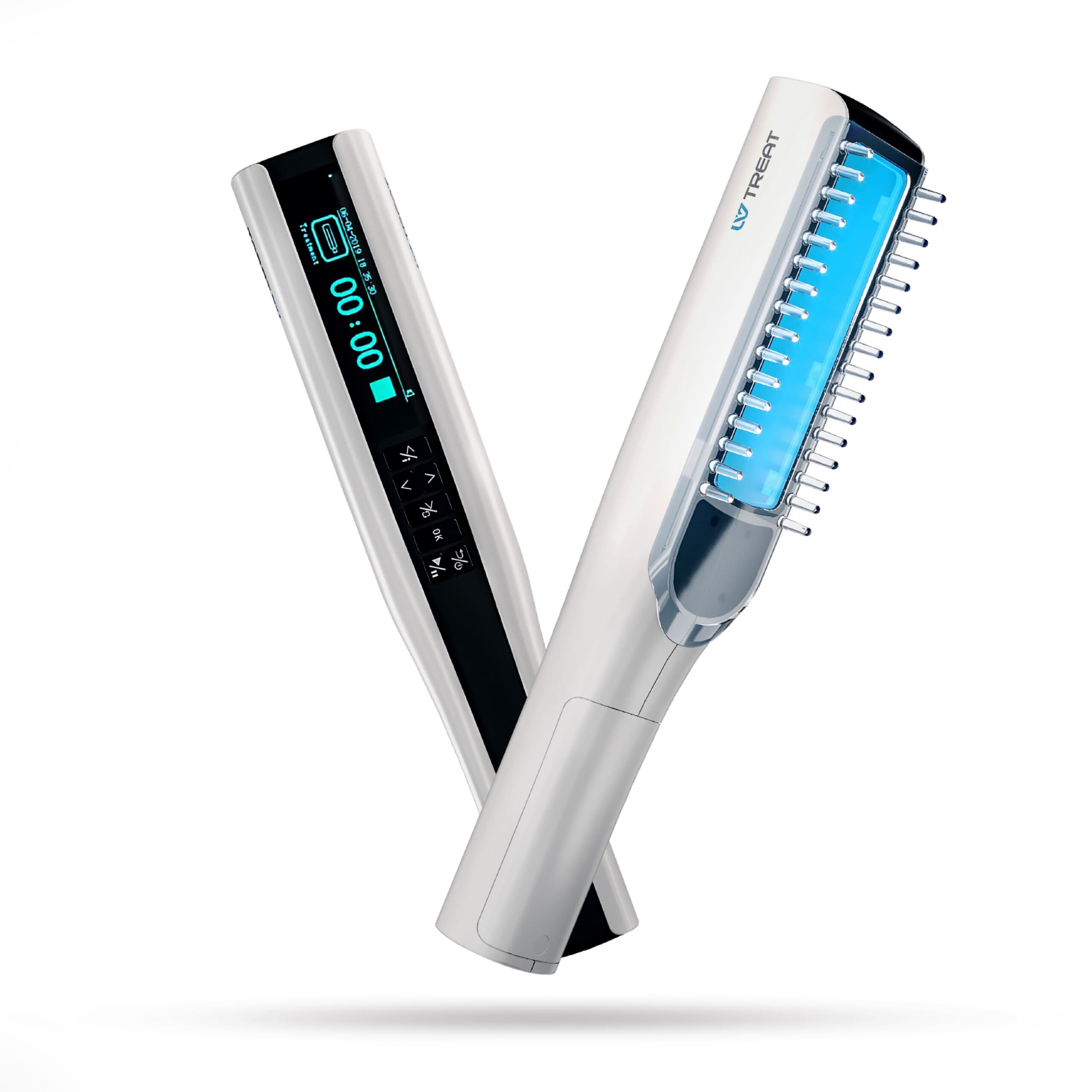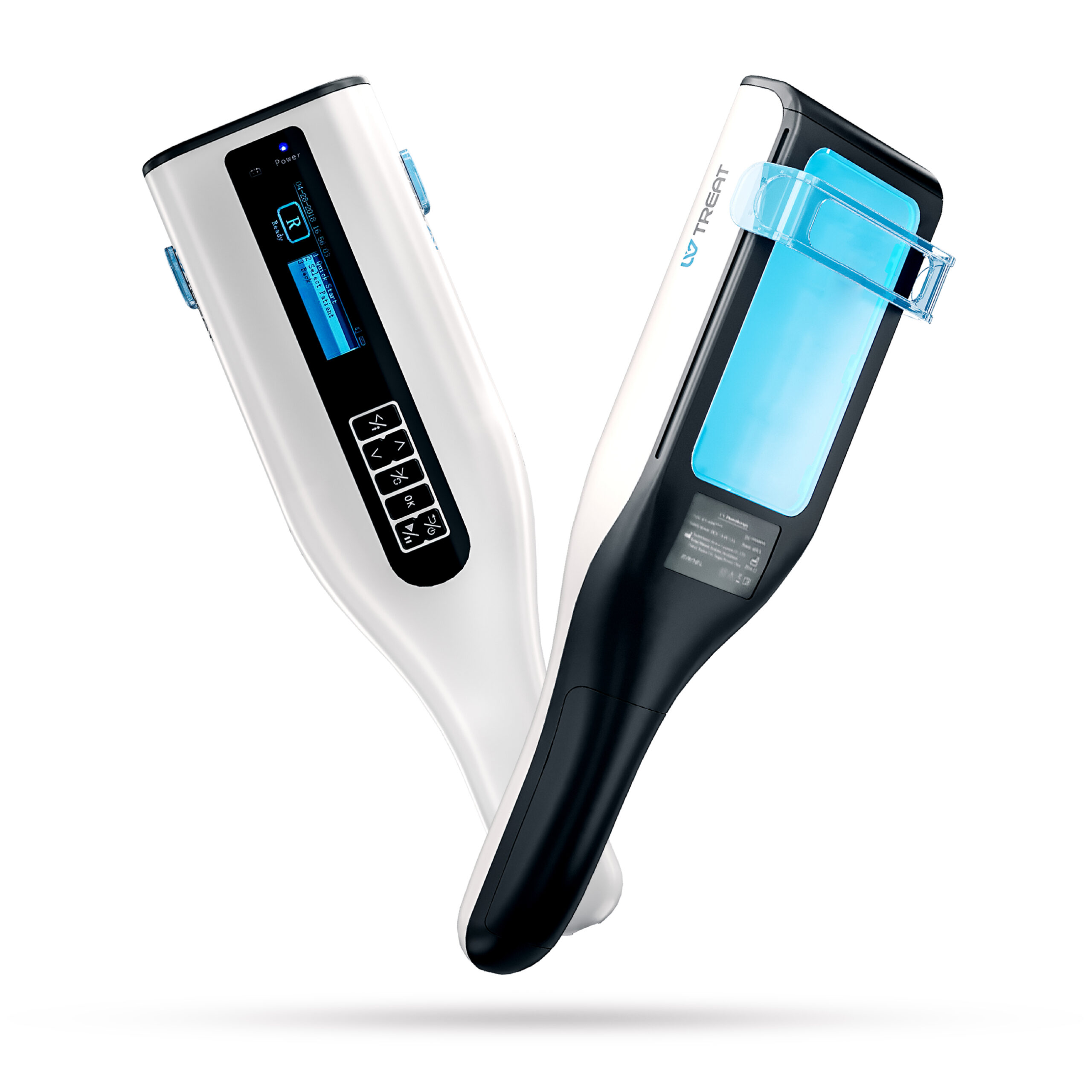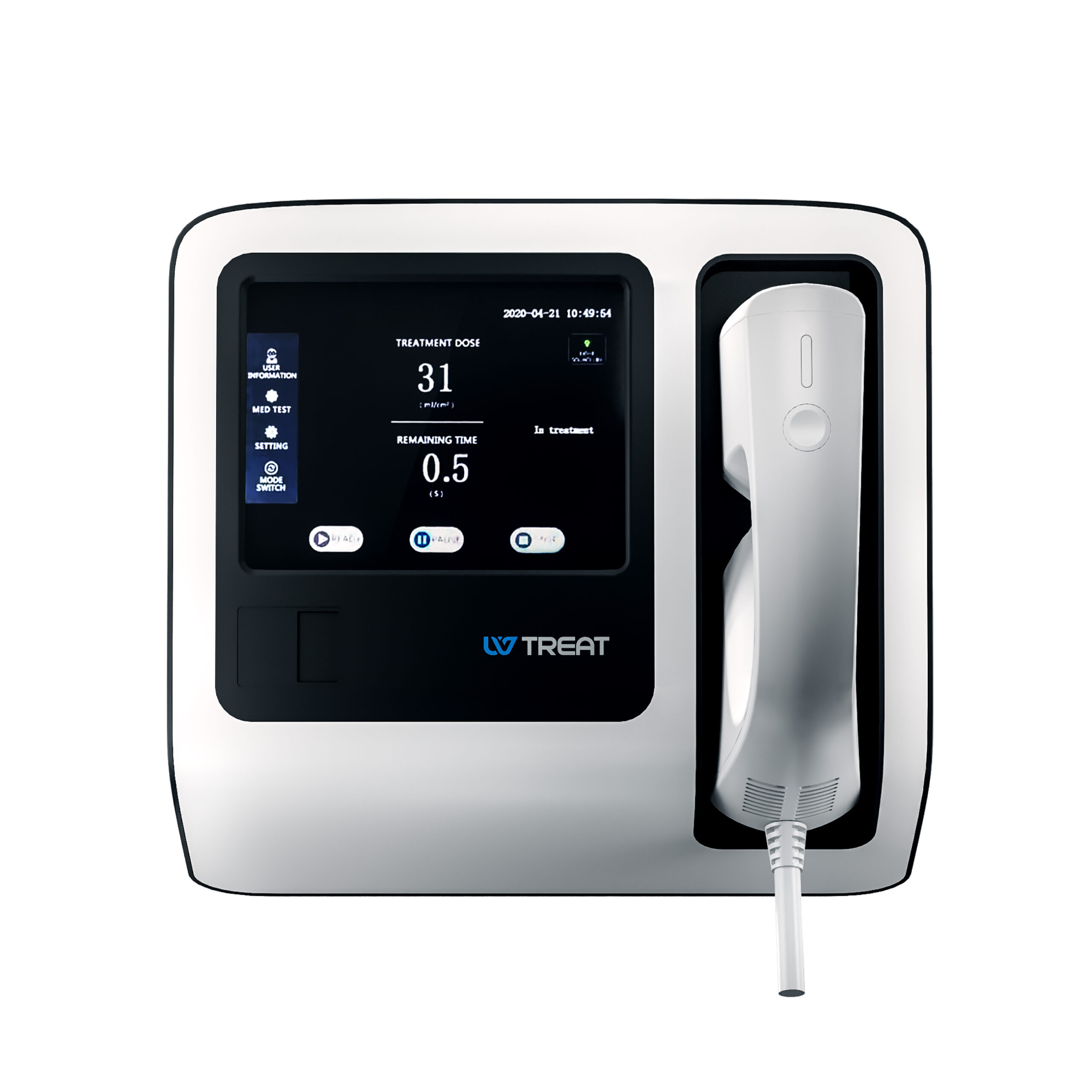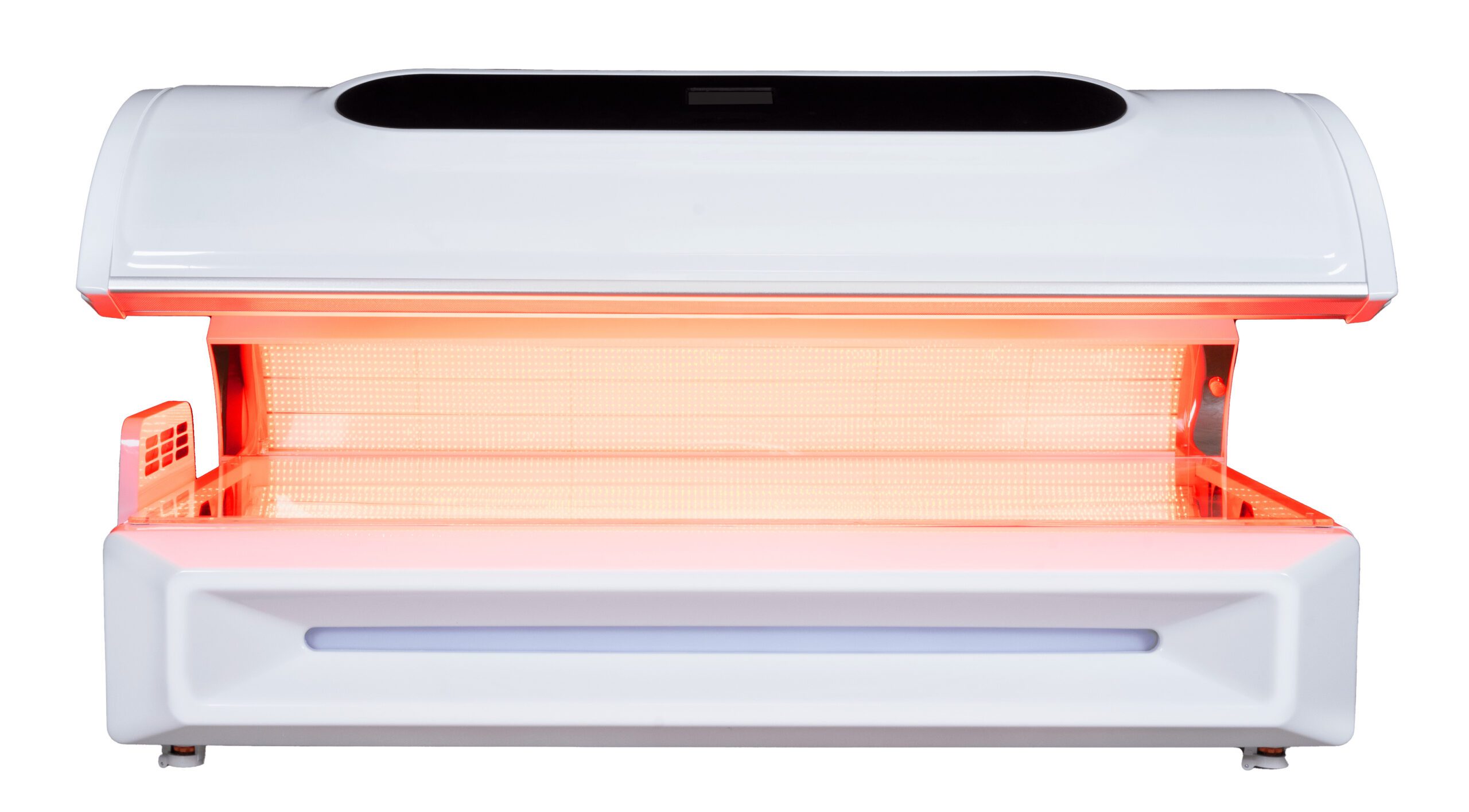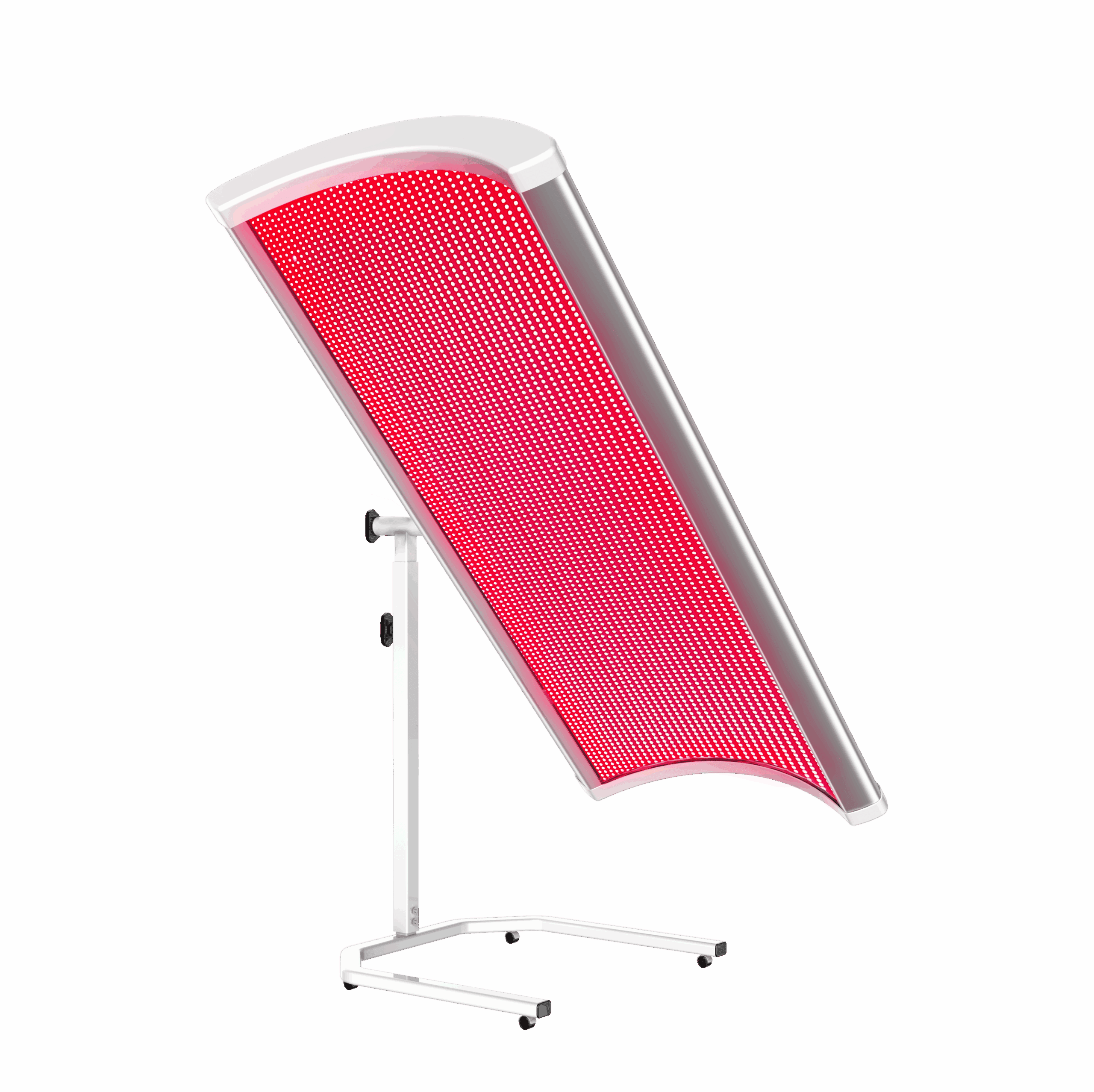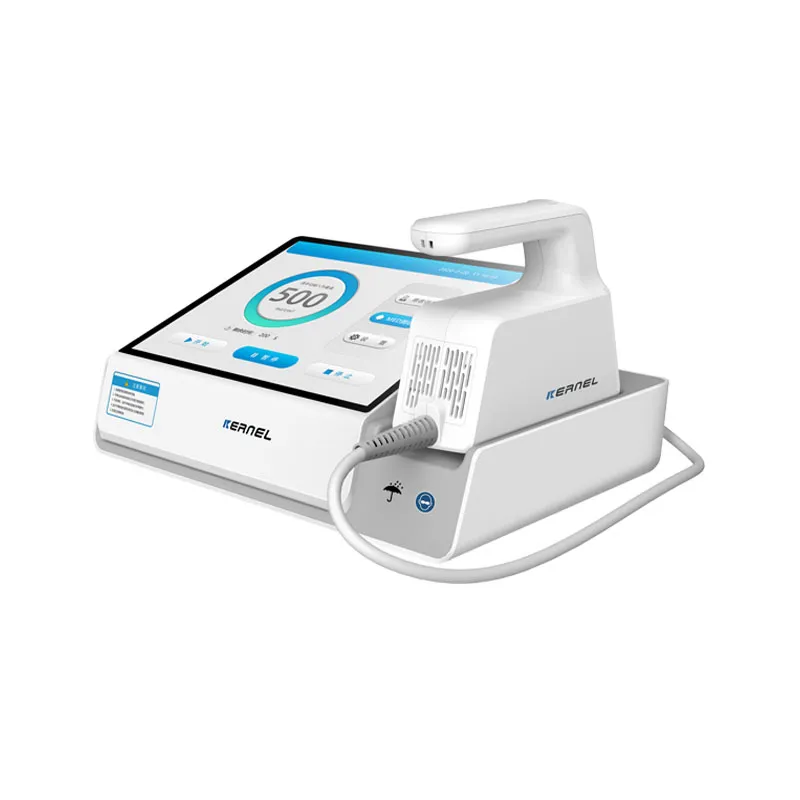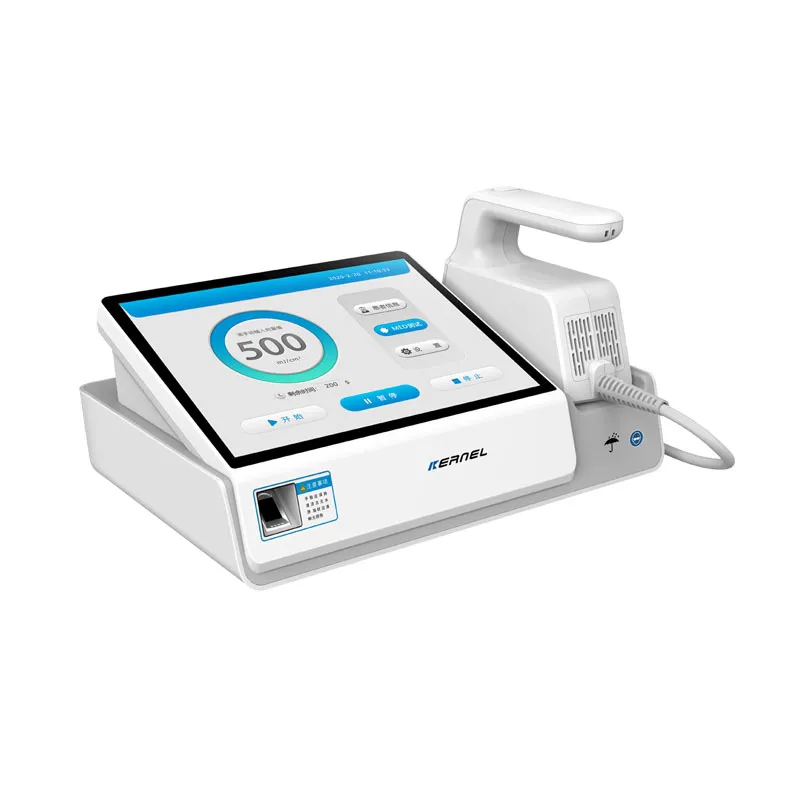Types of Colposcopes
Colposcopes are vital instruments used in gynecological practice for examining the cervix and other parts of the lower female genital tract in detail. They play a crucial role in the identification and management of cervical abnormalities, primarily those that could indicate precancerous changes or cervical cancer. Colposcopes vary in design, technology, and application, and understanding these variations is essential for healthcare providers to choose the right equipment suited to their clinical needs.
Traditional Optical Colposcopes
The most basic type of colposcope is the traditional optical colposcope. It resembles a binocular microscope mounted on a stand with a light source to illuminate the cervix. These devices typically offer magnification levels ranging from 5x to 30x. They allow real-time visualization of the cervix by providing a three-dimensional view. Despite being widely used due to their cost-effectiveness and reliability, they are limited by their manual focus adjustments and lack of digital integration. This type is suitable for clinicians who prefer straightforward diagnostics without the complexities of modern electronic systems.
Digital Video Colposcopes
Digital video colposcopes have revolutionized cervical examinations by integrating video technology with optical features. Equipped with digital cameras, these units capture real-time video and images which can be viewed on a monitor. This enhancement allows for better documentation of findings, facilitates teleconsultations, and aids in patient education by allowing individuals to view their own anatomy during consultations. The digital capabilities also enhance accuracy in diagnosis by enabling image enhancements, such as zoom and contrast adjustments. These colposcopes are particularly advantageous in educational settings and practices that emphasize detailed image analysis and documentation.
Portable Colposcopes
Portability in colposcopy equipment is becoming increasingly important, especially for practices serving multiple locations or in outreach programs in underserved regions. Portable colposcopes are compact, lightweight, and usually digital, enabling flexibility and easy transportation. Despite their smaller size, they do not compromise on functionality, retaining essential features such as digital imaging and adequate magnification. They may come with built-in screens or be connected to laptops or tablets for display. Portable colposcopes are ideal for settings where space is constrained or mobility is crucial for service delivery.
Stereoscopic Colposcopes
Stereoscopic colposcopes offer enhanced depth perception through dual optical paths. This feature allows clinicians to perceive depth in the cervical structures they are examining, providing a more accurate representation of tissue changes and lesions. The stereoscopic effect is beneficial in assessing the topography of the cervical surface and better differentiating lesions. These colposcopes are often used in surgical settings where precise depth perception is critical, such as when performing biopsies or minor surgical procedures.
High-Definition Colposcopes
For environments that require precise image clarity, high-definition (HD) colposcopes provide enhanced resolution. These devices ensure that even the smallest details of the cervical epithelium are visible, aiding in subtle diagnostic nuances that may be missed with lower-resolution equipment. HD colposcopes typically integrate advanced imaging software that can further enhance the sharpness and detail of images. They are preferred in settings where diagnostic precision is paramount, such as specialized cancer treatment centers.
Automated Colposcopes
An emerging category in colposcopes is the automated colposcope, which integrates artificial intelligence (AI) in its operations. These innovative devices assist in standardizing the examination process and potentially providing real-time diagnostic support. AI algorithms can aid in identifying suspicious lesions, thereby acting as an adjunct to the clinician’s assessment. As technology advances, these colposcopes are anticipated to reduce examination time, enhance diagnostic accuracy, and minimize variability between operators. Their application currently focuses on research settings but has the potential to significantly impact routine colposcopy practices in the future.
LED Colposcopes
Lighting is a crucial factor in colposcopy, and LED colposcopes offer significant advancements in this regard. LED technology provides bright, uniform illumination with a reduced heat output compared to traditional halogen bulbs. Furthermore, LEDs consume less power and have a longer lifespan, thereby offering a sustainable option for clinics. LED colposcopes cater to healthcare settings that demand advanced illumination options for precise and comfortable examination experiences.
Binocular Colposcopes
Binocular colposcopes feature dual eyepieces, allowing the clinician to use both eyes during examination, thus reducing eye strain and fatigue. They offer continuous adjustments in magnification, typically through a turret or other manual means. These colposcopes are recommended for specialists who perform extensive examinations and require extended use without discomfort. They maintain a balance between traditional optical clarity and ergonomic design, making them a preferred choice for many gynecological practitioners.
Conclusion
In conclusion, the choice of a colposcope depends on a variety of factors including but not limited to the setting in which it is used, the specific needs of the healthcare provider, and the technological capabilities desired. As the field of colposcopy continues to evolve with advances in optical and digital technologies, healthcare providers are equipped with an array of options to enhance their diagnostic capabilities and improve patient outcomes. Understanding the distinctions between these types allows for informed decision-making when investing in colposcopy equipment, ultimately ensuring the best possible care for patients.
